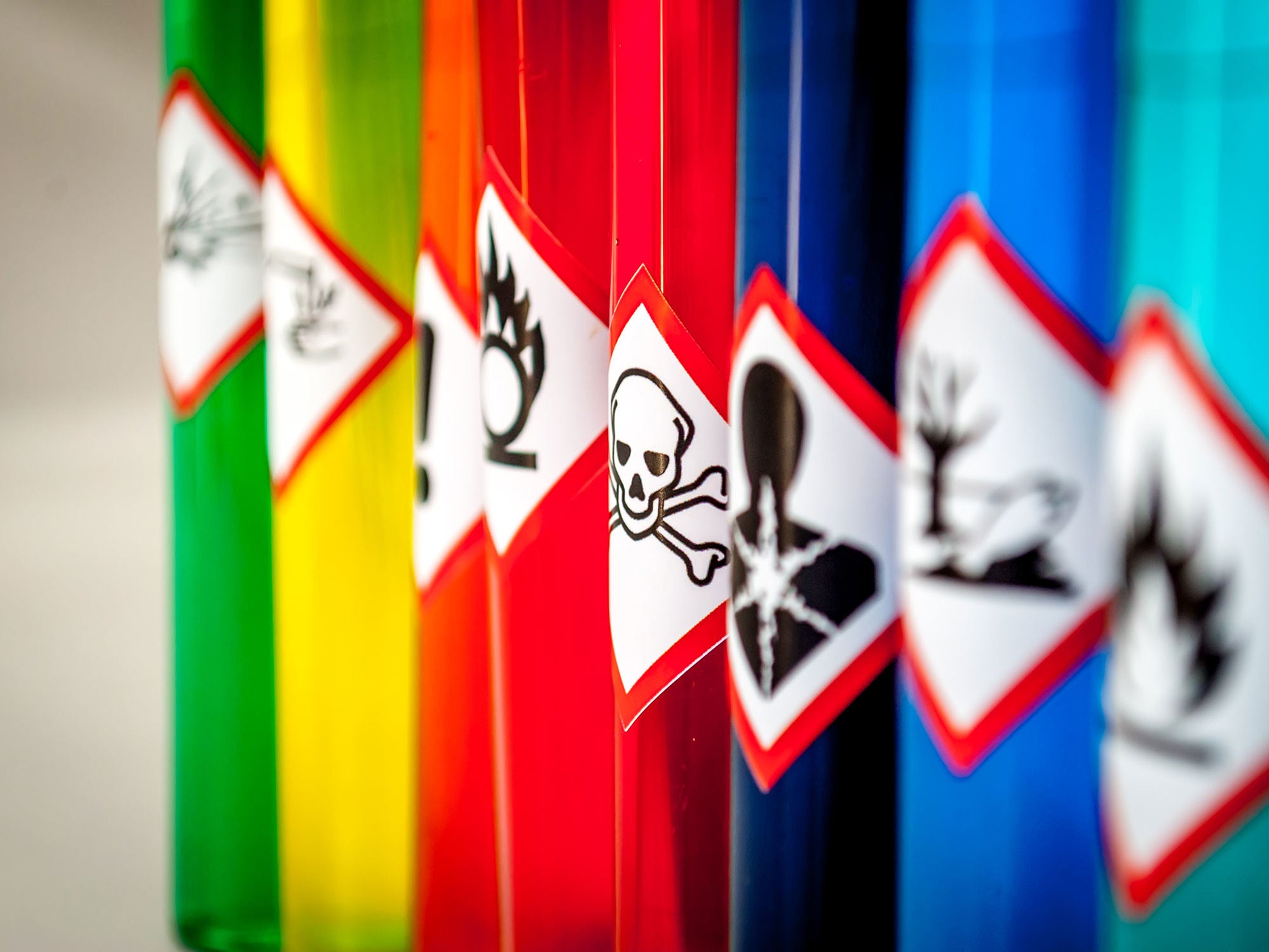Where are potentially hazardous chemicals used and what are their possible effects?
Britain's unborn children are at risk due to government inaction, MPs have warned

A report by the Commons Environmental Audit Committee has warned a 'toxic cocktail' of potentially hazardous chemicals are in daily use and the government is failing to act on them.
Here are some of the groups it considered:
Bisphenols - Plastics and glues used in canned food linings, electronic toys and paper receipts
Possible health effects
Disrupting the reproductive and hormone systems and increasing cancer risk
Flame retardants (Brominated/chlorinated organophosphates)
Fire protectant in furniture, electronics, building materials
Possible health effects
Build up in the body over time, with potential toxic effects including increased risk of cancers, reproductive system disruption and hormone system disruption
Formaldehydes
Anti-wrinkle, dye fixing agent and water repellant in furniture and fabrics, toys, furniture, air fresheners
Possible health effects
Irritates skin, gums and other tissues potentially leading to hypersensitivity reactions, potential carcinogen
Parabens
Preservatives in shampoos, bath additives, lotions, creams, oils, sunscreens, toothpaste, baby wipes
Possible health effects
Similar effects to the female hormone oestrogen which may disrupt development
PFC (Perfluoroalkylated chemicals)
Waterproofing, and stain repellents in clothing and non-stick pans
Possible health effects
Carcinogenic and may disrupt fertility
Pthalates
Plasticiser used in PVC linings, furnishings, food packaging as well as foam pellet stuffing for toys and synthetic fragrances
Possible health effects
Disrupting development and hormonal regulation and impairs fertility
Source – Environmental Audit Committee via Project NonHazCity
Join our commenting forum
Join thought-provoking conversations, follow other Independent readers and see their replies
Comments